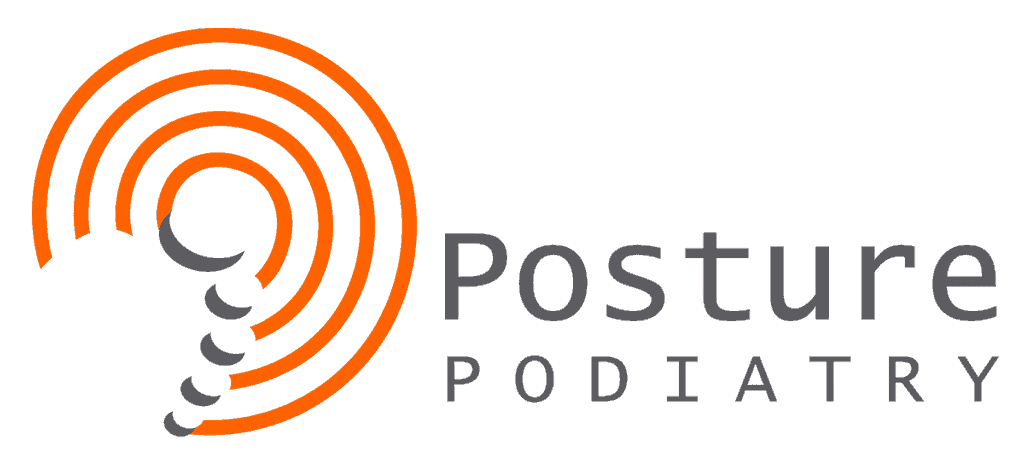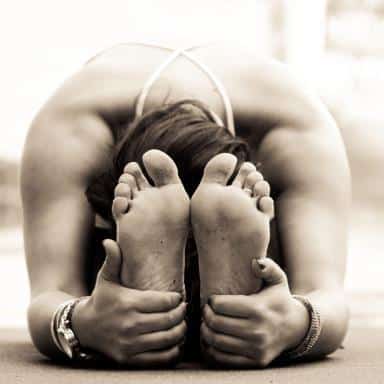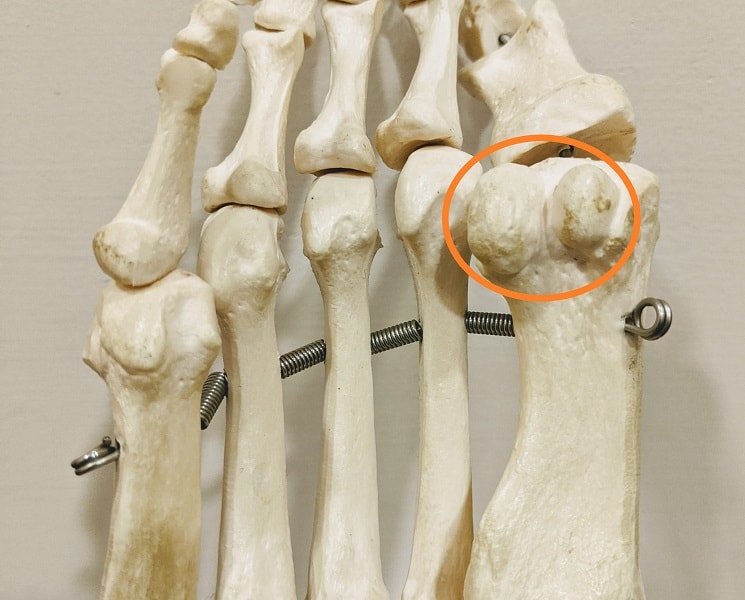How Important is Shoe Lacing?
Pretty important if you want a really good shoe fit.
Shoe laces were originally designed to help support the foot securely in the shoe. Other fasteners and shoe lace alternatives exist including buckles, velcro, zippers and snap fasteners but nothing provides quite as much flexibility and support as shoe laces.
When it comes to tying shoe laces, the shoe lace technique you use could mean the difference between reasonable fitting footwear and a really comfortable, stable and supportive pair of shoes.
Shoe Lacing for a Wide Forefoot…
A few years ago, a friend mentioned he had a very sore little toe during his duties as a runner for a football team. Closer examination revealed our friend was using a pair of shoes which were just a little too narrow in the forefoot. This was ultimately causing irritation, pain and discomfort to the smaller toe with activity. Ideally, shoes with a wider forefoot toe box were needed, however, we had to look for a temporary solution during the footy game.
I asked our friend to remove his shoe and then proceeded to alter the shoe lacing. The shoe laces were adjusted to accommodate a wider forefoot as can be seen in the image below.
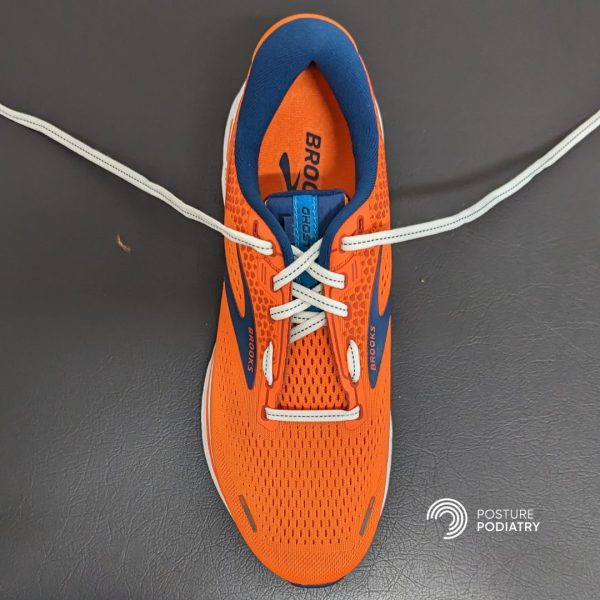
Fortunately, this small change in shoe lacing helped to reduce the sideways force on the smaller toe but still allowed the shoe laces to provide sufficient mid-foot and rear-foot support. We then applied a little extra protection to the smaller toe and our friend was able to carry on his running duties pain free for the rest of the footy game.
This shoe lacing pattern for a wider forefoot can also help as part of a management plan for various other conditions including:
- Bunions ;
- Morton’s neuroma ;
- Turf toe;
- Bursitis between the metatarsal (forefoot) bones;
- Corns and Calluses on the 1st and 5th toes; and
many other painful forefoot conditions where extra room in the toe box is needed.
BOOK ONLINE to see an experienced Adelaide Podiatrist
or
Call 8362 5900 to schedule an examination to see if we can help.
These changes in lacing DO NOT replace the need to ensure shoes and boots are properly fitted, however, sometimes, minor changes can make a big difference enabling people at all sporting levels to enjoy their chosen activity in greater comfort. With football and many other sporting codes returning, we expect to see a few more similar situations where many will benefit from specific shoe lacing patterns designed to cater for their specific foot traits.
How To Tie Shoe Laces For Heel Slippage
This pattern of shoe lacing is well known and often utilised to help prevent heel slippage when extra support is needed in the rear of the shoe.
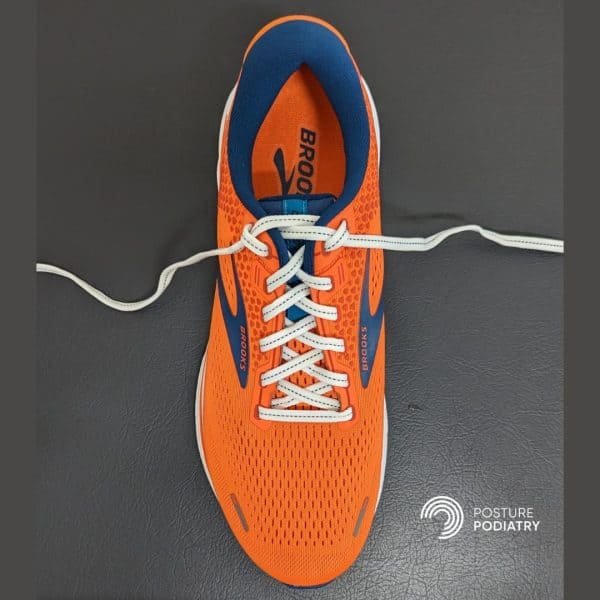
This can be a very helpful shoe lacing technique especially when dealing with a foot type with a very narrow heel.
Shoe Lacing For A High Instep
This shoe lacing pattern for a higher instep has been designed to help reduce any pressure or irritation on the top of the foot.
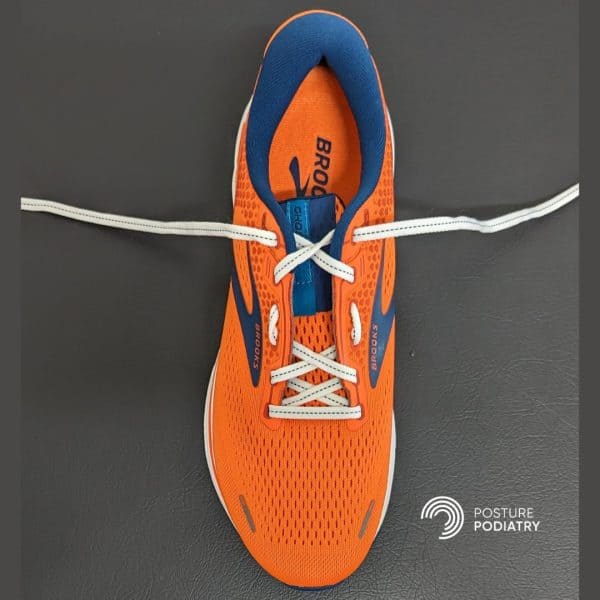
This may be indicated if a person has:
- Arthritic nodules on top of the foot;
- Inflamed tendons on top of the foot secondary to irritation from firm lacing; or
- Swollen soft tissue such as bursitis, a ganglion or benign cysts
Shoe Lacing For A Narrow Foot
This type of shoe lacing pattern is similar to your criss-cross shoe lace pattern. This type of lacing can be utilised when dealing with a narrower foot type.
Other variations of this lacing technique exist but all achieve a similar function in supporting the narrower foot type.
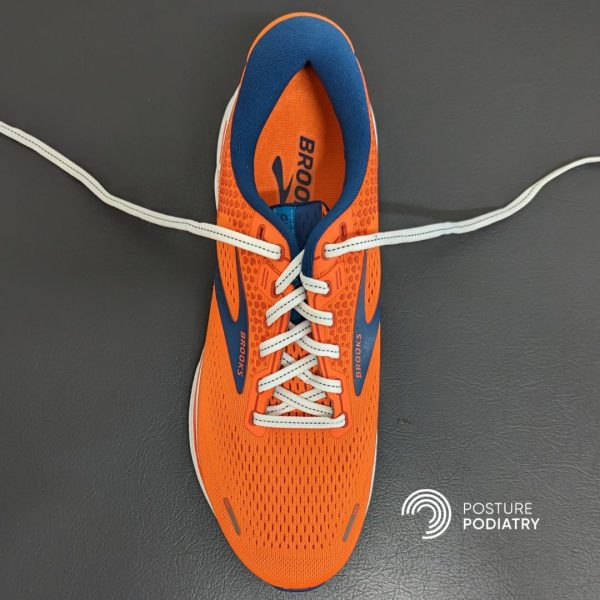
The shoelace patterns mentioned above are some of the more common techniques we recommend. Many other shoe lace patterns exist which can be employed whenever specific situations arise.
Our experienced podiatrists at Posture Podiatry can advise you on appropriate lacing patterns for shoes and boots to suit your specific foot type and your specific condition.
Once more, these lacing changes will NOT solve all your problems completely and certainly don’t replace the need for correctly fitted footwear. However, specific shoe lacing techniques can help to make an average shoe feel better and a good shoe feel great.
BOOK ONLINE to see an experienced Adelaide Podiatrist
or
Call 8362 5900 to schedule an examination to see if we can help.
